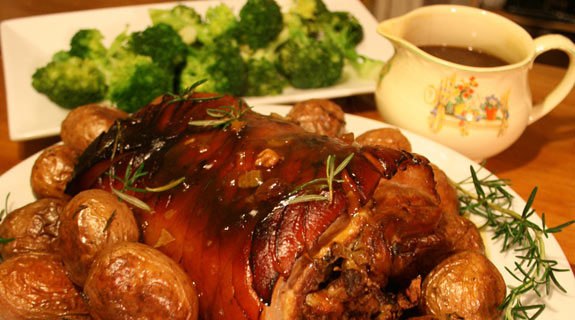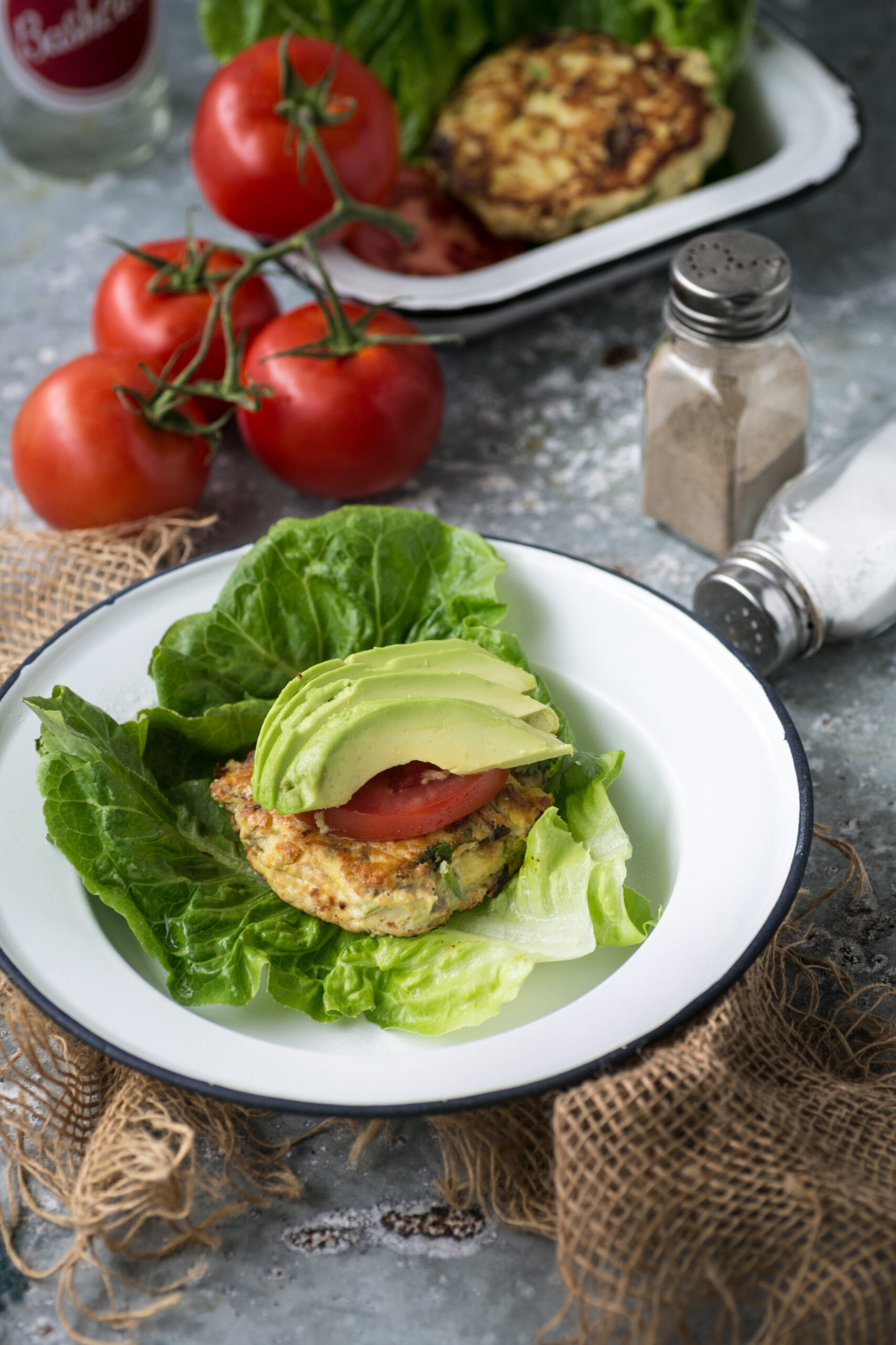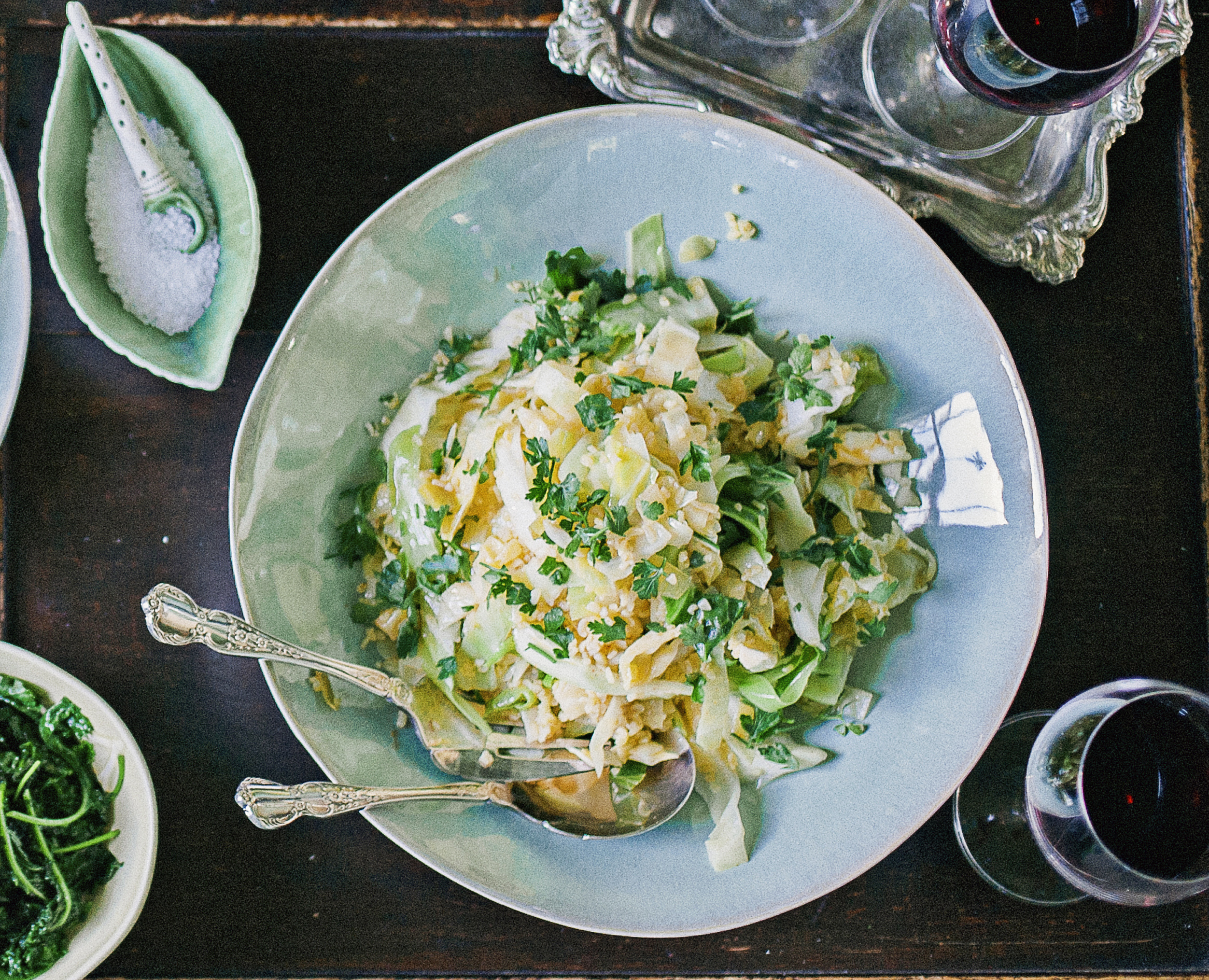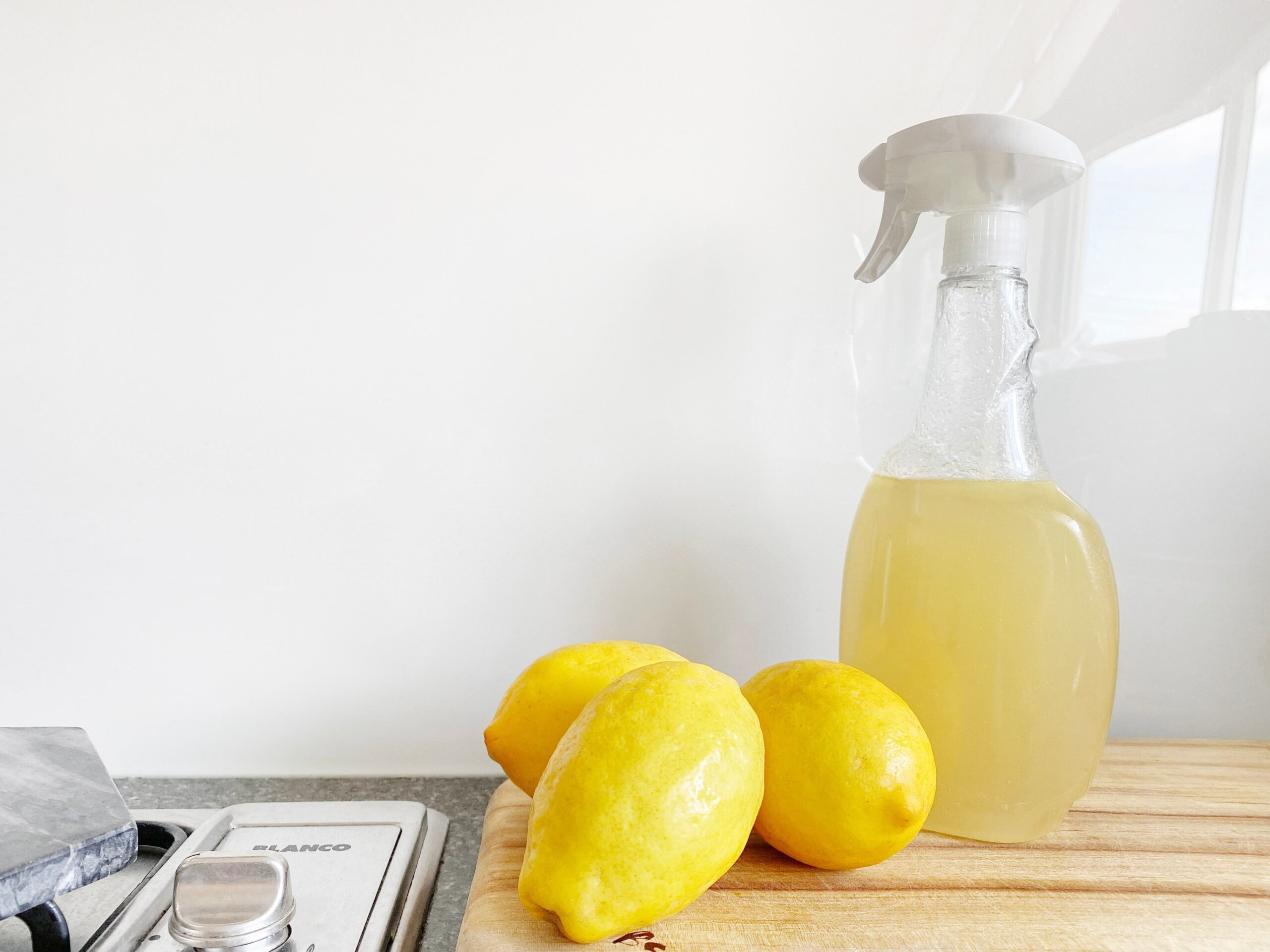Five months pregnant and facing her 40th birthday, Francesca Price decides it’s time to go pig hunting
Five months pregnant and facing her 40th birthday, Francesca Price decides it’s time to go pig hunting
It was around the time my feet gave way beneath me and I started sliding down the steep valley slope on my bum, that I began to see the point of supermarkets. We were already three hours into a pig hunt and despite six dogs, a fancy GPS tracking system and two very experienced hunters there wasn’t a squeal to be heard. My ‘hunter within’ was starting to give way to a neurotic, suburban princess.
I had intended to kill my own pork dinner. After a chequered history of vegetarianism, I’ve fully embraced my carnivorous instincts. These days, I am a happy meat eater—but a very unhappy shopper. I like to know where my meat comes from, how it was raised and what went into it. These are questions that most retailers struggle to answer.
Despite our reputation, New Zealand has very limited choices when it comes to meat, especially pork. Most of our bacon is imported, our sausages are so full of additives and bulking agents you’d be hard pressed to find the meat, and most commercially farmed pigs lead short, miserable lives pumped full of chemicals. It’s not exactly a good beginning for a happy family meal.
I figure the best way to be sure about the source of my food is to hunt it myself. That way, I can ensure I make good use of the animal I kill. So it’s with this in mind I visit John Rule, arguably the most experienced pig hunter in the country. John has hunted since he was a boy, and for the past 20 years has been accompanied by Andrea, his wife. Their hilltop home is a showcase to this life-long passion; giant boar heads and 11-kilogram stuffed snappers stare down at me as I drink my tea.
John believes that hunting is one of the most sustainable ways to eat. He kills around 100 wild pigs a year and gives his excess pork to friends in return for farmed beef, vegetables or labour. This old-fashioned barter system is how he has kept his family in food for years. Andrea is a demon cook and wastes nothing. Cuts like pork belly, often spurned by the big retailers, make some of the best dishes from a wild animal. “The more fat, the tastier it is,” she explains. The couple ensure that every last inch of the animal is used; even the rugs on their wooden floors are made from the hides of cows they’ve devoured.
“It’s a natural human instinct to hunt for meat,” says John. “I find it easier walking around in the mountains than I do walking down the footpath on Queen Street.”
For a wannabe pig-hunter, there’s something very alluring about the way John talks about the hills. “There’s nothing more beautiful than being in a big valley as the light is changing,” he says. “That’s when the ‘predator’ comes into your blood.” The day before I meet them for my hunt, John and Andrea caught, gutted and carried a 62-kilogram Captain Cook boar out of the bush on their shoulders.
Today, however, John is leaving me in Andrea’s capable hands. She’s not fazed about my ‘delicate’ condition. “I was hunting until I was eight months pregnant with mine,” she assures me. We pick up another hunter, Victor, before heading into the bush. The dogs are now wearing thick leather collars to protect their necks and we each carry a knapsack with essential supplies. Mine has corn chips and chocolate cake; theirs have knives, satellite tracking gear and a first aid box.
“This shouldn’t take more than an hour,” says Victor. “When we get a pig, you can put the knife in.”
Three hours later of trekking later, and although there’s plenty of signs of pig activity—rooted up trees and paths—the dogs have yet to pick up a scent. Each time they dart off, we follow their movements on the GPS screen. Andrea explains that if they bark, we’ll know they have one. The key is getting there as quickly as possible to minimise the pain for all involved.
But today we’re out of luck. As we start descending into the valley, skiing on the wet mud from one sapling to another, my hunting instincts are waning. Every muscle in my body aches and I’m cold and hungry. It’s then I get the point of the supermarket: they’re made for pathetic, urban people like me. I stumble out of the bush, disappointed to have failed in my mission but with a newfound sense of gratitude that I have an alternative meat source. I resolve to restrict my hunting to finding a friendly farmer, or at least a retailer who doesn’t mind answering my questions.
Pork Belly Roast
With this tasty stuffing, pork belly makes a tender and fruity winter dinner
- Pork belly, boned out (one kilogram, serves 5–6. Ask your butcher to cut it to the required size and score the fat for the best crackling)
- String or strong thread
- Chutney (mango or apricot) to glaze
Stuffing
- 2 cups fresh breadcrumbs
- ½ cup dried apricots, chopped
- ¼ cup walnuts, chopped
- 1 egg
- Fresh herbs, roughly chopped
- Salt and pepper
Combine all stuffing ingredients together. Lay the pork belly fat-side-down and pile stuffing in the centre. Roll up each side of the meat and tie together with string. Place the belly roast fat-side-down in a roasting dish and glaze all over with mango or apricot chutney. Add approx one cup of water to the pan and cover with lid or foil.
Bake at 170°C for at least 90 minutes, longer for a larger roast. Check occasionally to ensure the water has not evaporated. Ten minutes before serving, place roast onto serving dish fat-side-up and sprinkle with a little salt. Return to oven uncovered and grill to crisp up the crackling.
Transfer the meat dish with juices to a stove element. Add thickening, extra water or vegetable cooking water and seasoning. Mix together and heat for a delicious gravy.







